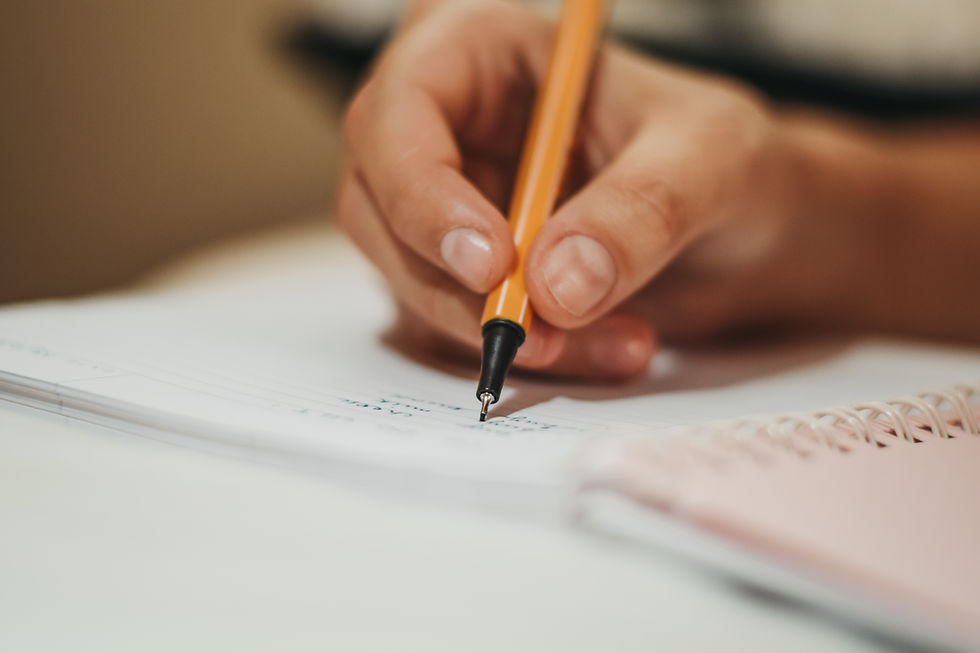IAC Experience of a Young Professional
- Anshoo Mehra
- Sep 24, 2022
- 3 min read
I am Anshoo Mehra and I have recently completed my Bachelor’s in Aerospace engineering from Bangalore, India. Currently, I'm working as a Graduate Engineer Trainee at Sasmos HET Technologies under the Design and Development Department.

The International Astronautical Congress, which is organized by the International Astronautical Federation, involves all international space actors coming together with more than 6000 participants each year. Covering all space sectors and topics, it offers everyone the latest space information and developments in academia and industry, networking
opportunities, contacts, and potential partnerships.

On the first day of the conference, we got to hear from the head of various space agencies like NASA, ESA, ISRO, and many others about their accomplished missions, as well as their future plans and collaborations. The session exhibited a strong feeling of international collaboration and corroborated that space has dimensions beyond national considerations. The second plenary for the day had the astronauts from Expedition 60/61 reuniting and talking about their journey to space and their personal experiences. On the next day, we visited the Mohammed Bin Rashid Space Center (MBRSC), which is UAE's Space Agency. At MBRSC, we saw integration clean room and the satellite testing cleanroom. It was a very insightful tour and we got to learn a lot about the current projects at MBRSC as well as the development of UAE in the space industry.

The third day was filled with meeting new people and learning about the experiences of other young professionals and students from various space-related fields. I felt incredibly lucky to meet Dr. K Sivan, the chairman of the Indian Space Research Organization (ISRO). It was an amazing experience to discuss my research work with such an accomplished individual. We also discussed how the rapidly evolving private sector and emerging startups will play a huge role in India’s space journey. The fourth day was just me attending technical sessions and building connections with people as well as various companies equally passionate about space. It was great to see Indian start-ups like Dhruva Space, Agnikul Cosmos, and Skyroot Aerospace at their exhibition booths. On the final day of the conference, I presented my first research paper on "Analysis based multi-mode propulsion system for lander missions through simulation". Initially, I was nervous about presenting my first ever paper on such a huge stage but my technical confidence carried me through it. After the presentation, I was asked several questions by the chairperson and that ended the conference.

This being my first IAC really helped me develop personally and professionally. I got to interact with people globally and got to learn so much more from their experiences. I made a lot of memories that I will cherish always. The whole experience was so overwhelming and inspiring. Right from the initial brainstorming for the project to presenting it at IAC, it was a rewarding journey that I would gladly take again. I am extremely grateful to WoAA India for helping me find my community. Being an early career professional, it can be quite challenging to work on research projects while simultaneously balancing expectations from the working environment. With that being said, I am also thankful to my company, Sasmos HET Technologies for encouraging and supporting me for the conference. I look forward to attending even more IACs and building connections with the international space community.





Comentarios